📷 $2050 Camera vs. $330 Smartphone Camera Shootout! Can you tell the difference?! 相機大對決!

Since I upgraded my smartphone a few months ago to the Asus Zenfone 4, I began to notice that the images taken with it were super sharp, and if I take the proper procedures to maximize image quality, ie shoot in RAW and shoot on a tripod, the results blew my mind.
Soon after I began to think if carrying around a heavy camera still makes any sense, considering the convenience offered by the phone. Thus I set out to compare my Sony A7 (now $800 new) to the Asus Zenfone 4, as objectively as possible, to see just how much difference I can perceive in the images taken between the two devices.
自從我手機升級為華碩Zenfone 4,我開始注意到手機拍出來的照片都超級銳,而且如果又上腳架用RAW拍攝,結果更是超過我對手機的預期。接著我開始懷疑出門帶著相對較重的A7是否還有意義,畢竟手機在現代生活已經不可離身。為了更清楚了解這兩個相機拍出之差異,我做了一個客觀的實驗,以下分享給各位。
Level the playing field 公平競爭
Field of view 視野角度
My first step is to determine the lens I need to use to match the field of view of the smartphone. The specs on the website says the Zenfone 4 has an equivalent focal length of 25mm on a full frame camera, so I used my Zeiss 16-35mm f/4 lens set to 24mm to get almost the same field of view.
第一步是先選鏡頭來達到手機的視野,手機官網顯示相機等效焦段為25mm,所以我選了Zeiss 16-35mm f/4鏡頭然後將其轉至24mm。
Aperture 光圈
To achieve roughly the same depth of field, I multiplied the f/1.8 aperture of the phone camera by 6 to get 10.8 (since the sensor size is about 1/6th of the A7), so I just rounded to the next nearest integer and set the 16-35mm to f/11.
為了達到相似的景深,我將手機的f/1.8光圈乘上6得10.8(因為手機的感光元件大約是全幅的1/6),轉換成最近整數我將16-35mm鏡頭之光圈設定為f/11。
ISO 感光度
I left the ISO at base settings for each camera to see which would come out on top given the lowest noise possible on each device, so that's ISO 25 for the phone and ISO 100 for the A7.
我將ISO調到各相機最低ISO,手機是25,A7是100。
RAW 原檔
I also shot in RAW on both devices to make sure I get the maximum latitude for editing afterwards.
拍攝時採用RAW檔模式,提供後置修圖足夠的寬容度。
Processing 後製
For each shot, I adjusted the white balance, color, and exposure to roughly the same.
每張照片經過後製達到接近的白平衡、顏色、曝光。
Results 結果
Below are the tests shots I made and all of them with the exception of the last one were shot on a tripod. See if you can tell which was shot with the smartphone and which was shot with the A7 :)
以下是用Sony A7及手機拍出來的比較照片,除了最後一組,其他全是上了腳架拍攝。你能看得出差別嗎?
1
2
3
4
Did you make your guesses? 猜好了嗎?
The first images of each set were shot with the Sony A7!
每組的第一張都是用Sony A7拍的!
Conclusions 結論
Without looking at each photo at 100% magnification, to me the difference is negligible, for viewing images on the computer or just for sharing on the Internet, the Asus Zenfone 4's camera works just fine. It's astounding how good the camera on phones are nowadays, but it's not surprising since the demand is so high, driving innovations and funding in that area.
I haven't made prints of these images to compare yet, but I assume that the larger I print, the more I will begin to see the benefits of a full frame camera versus a smartphone camera, especially with regards to noise in low light situations.
Another advantage of the Sony A7 over the phone is that one can change lenses to achieve different fields of view and perspectives, as well as magnification.
沒放大看的話其實我是看不出差別的,手機拍出來的效果已足夠用來在電腦上看及分享在網路上。我沒把照片印出來做比較,但是我猜輸出越大越能看出全幅相機的優勢,特別是在低光源之雜訊。大相機還是有其他優勢的,它可更換鏡頭來改變視野、透視效果、以及放大倍率,這些對手機來講相對很難。
Equipment Used
- Camera: Sony A7, Asus Zenfone 4
- Lens: Sony Zeiss 16-35mm f/4
- Software: Adobe Lightroom
Hope you enjoyed this post! I strive hard to provide original quality content :)
My goal is to share with this wonderful community my passion in photography, and hopefully contribute to the awesome inspirational content on Steemit.
I read and try to respond to all comments, and welcome any photography related questions and feedback!

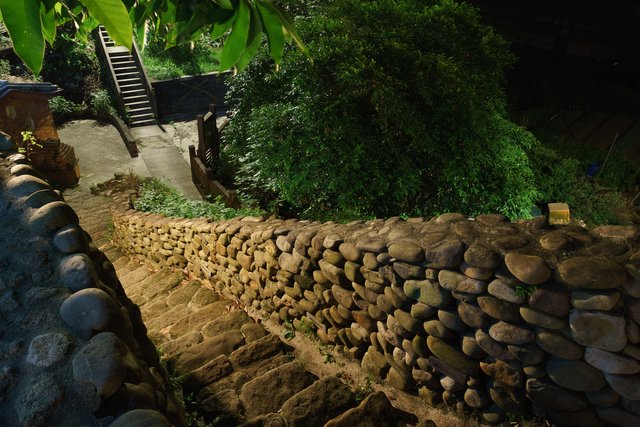
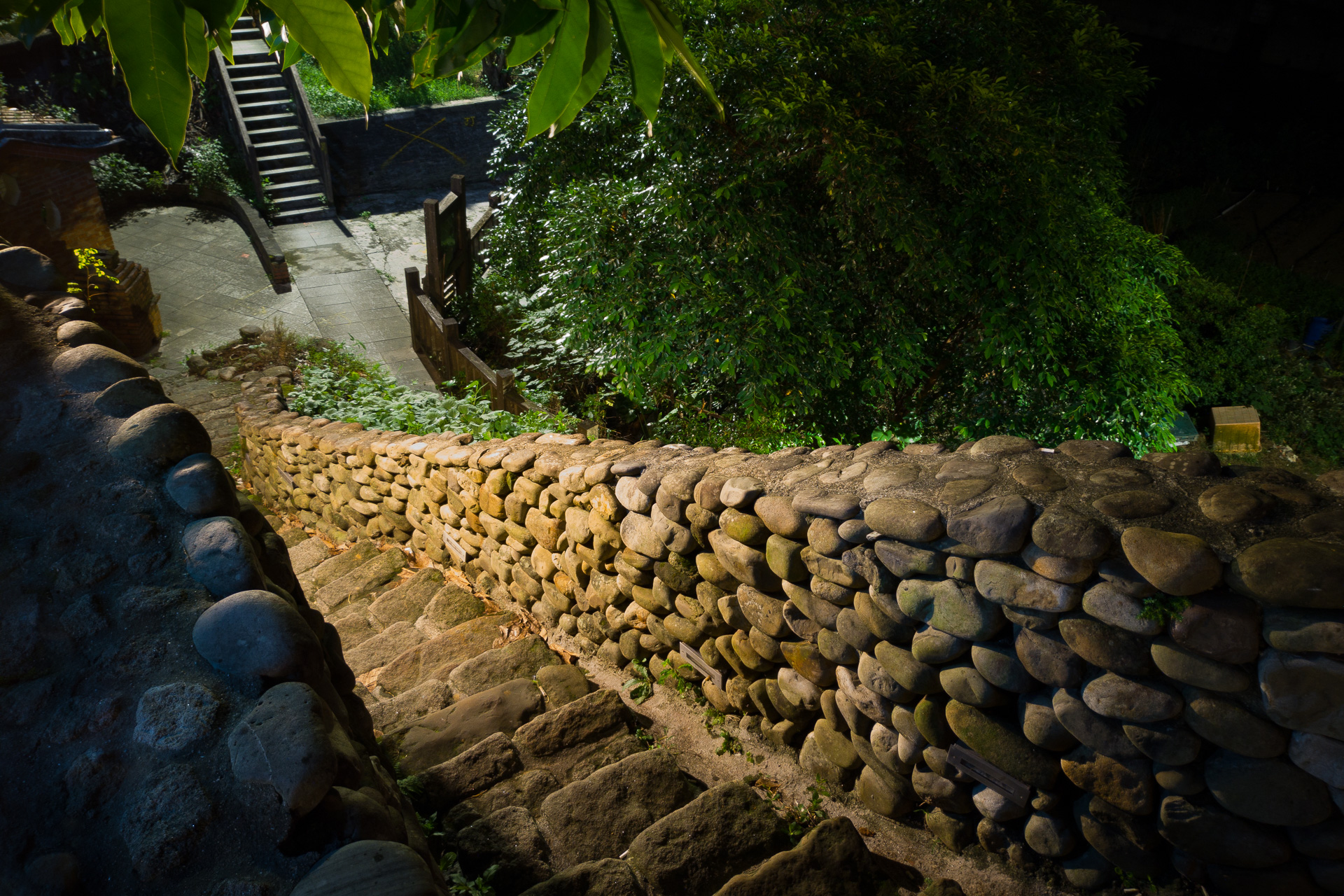
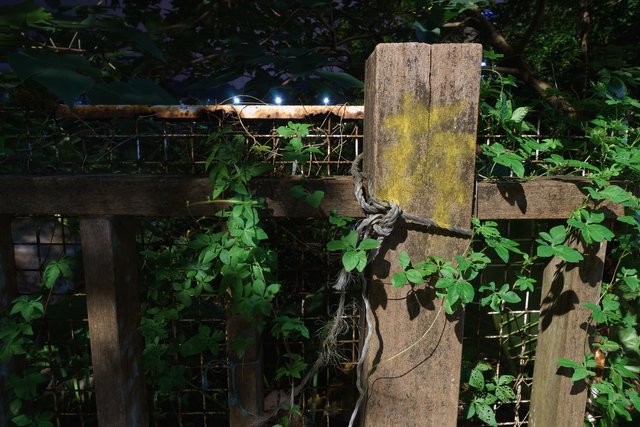
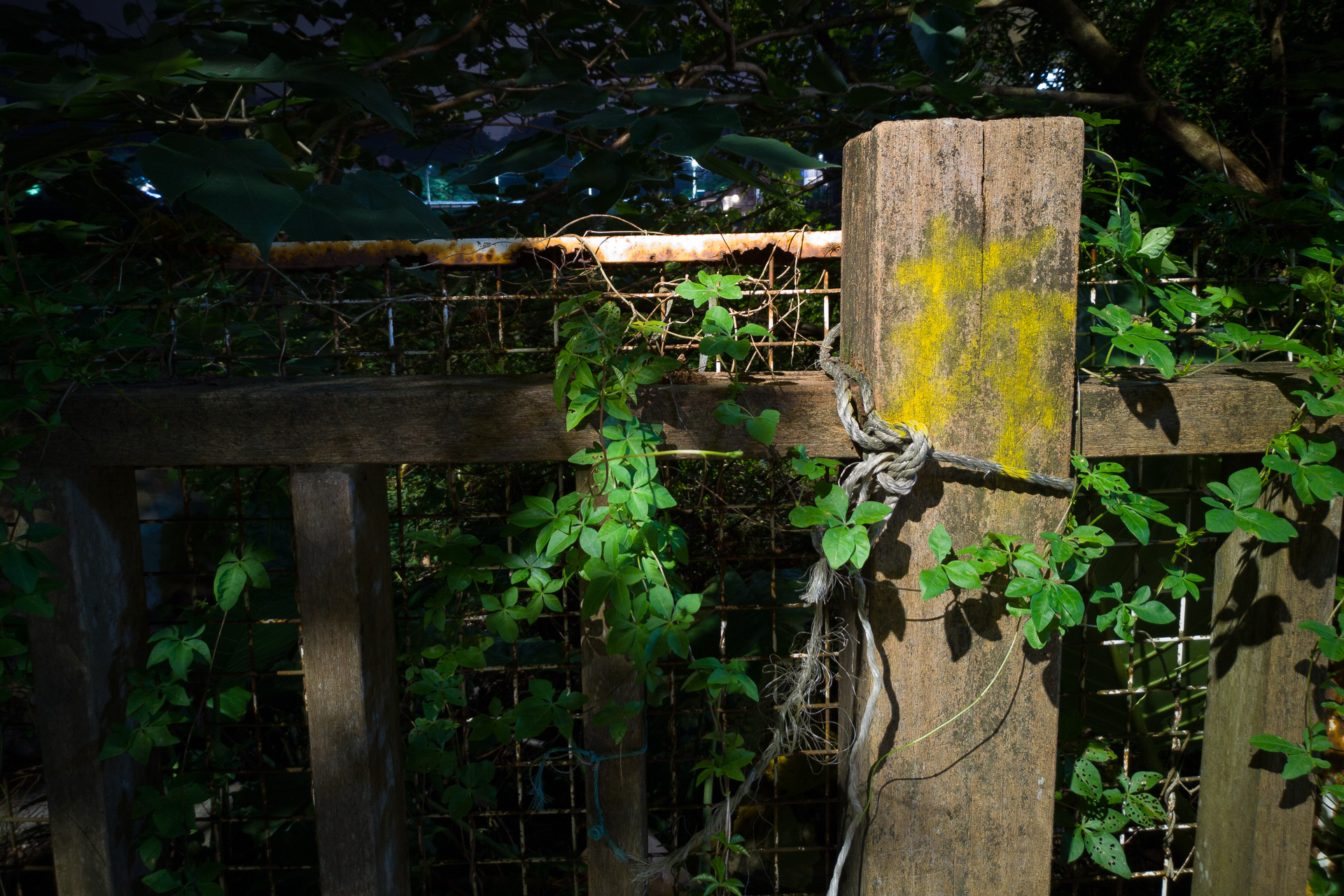
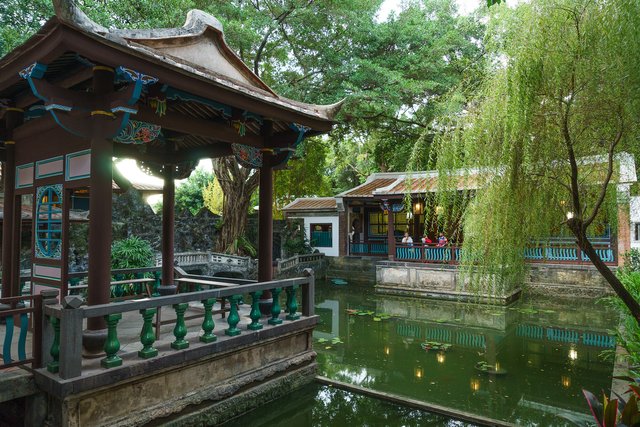
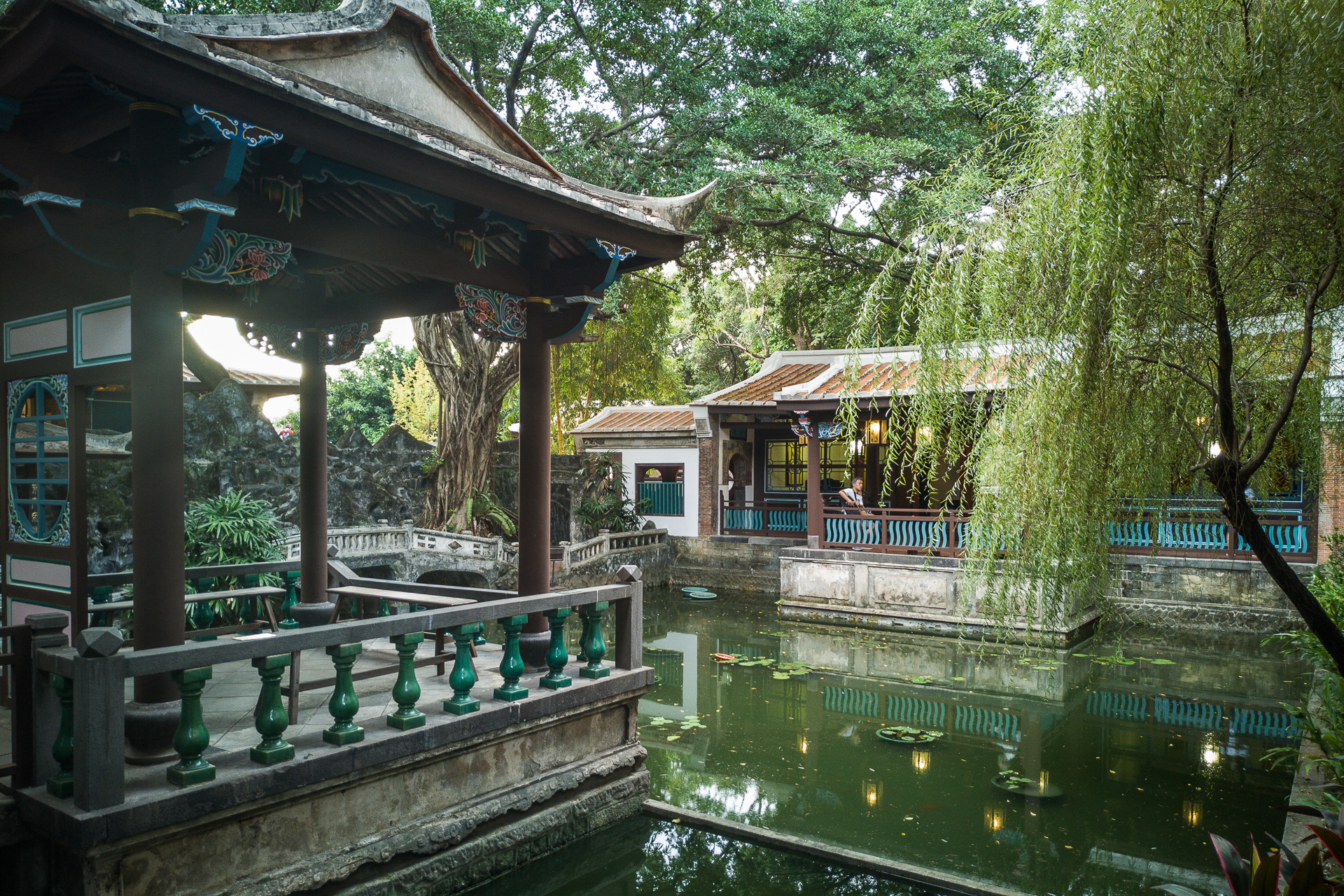
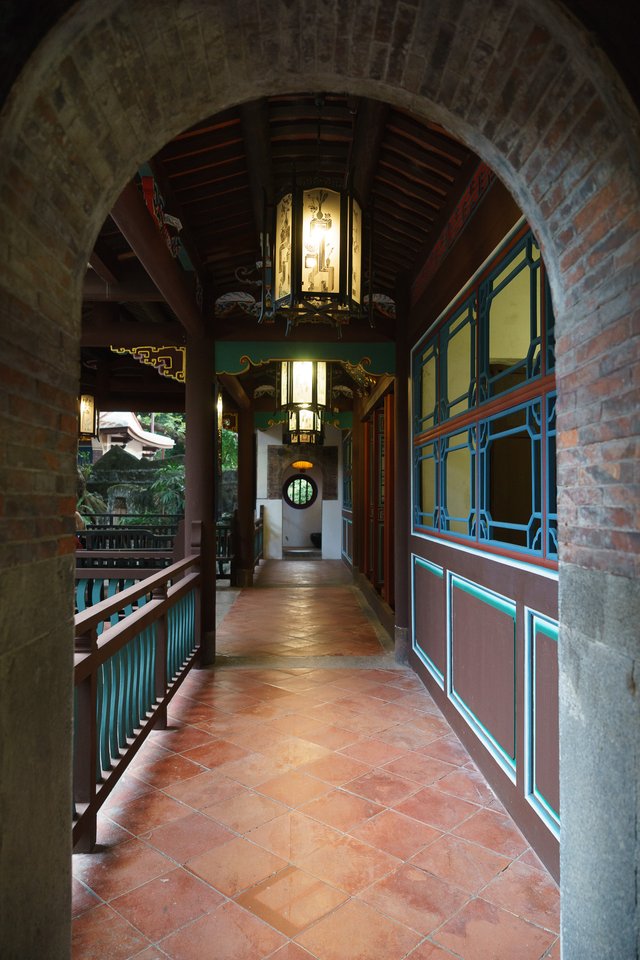
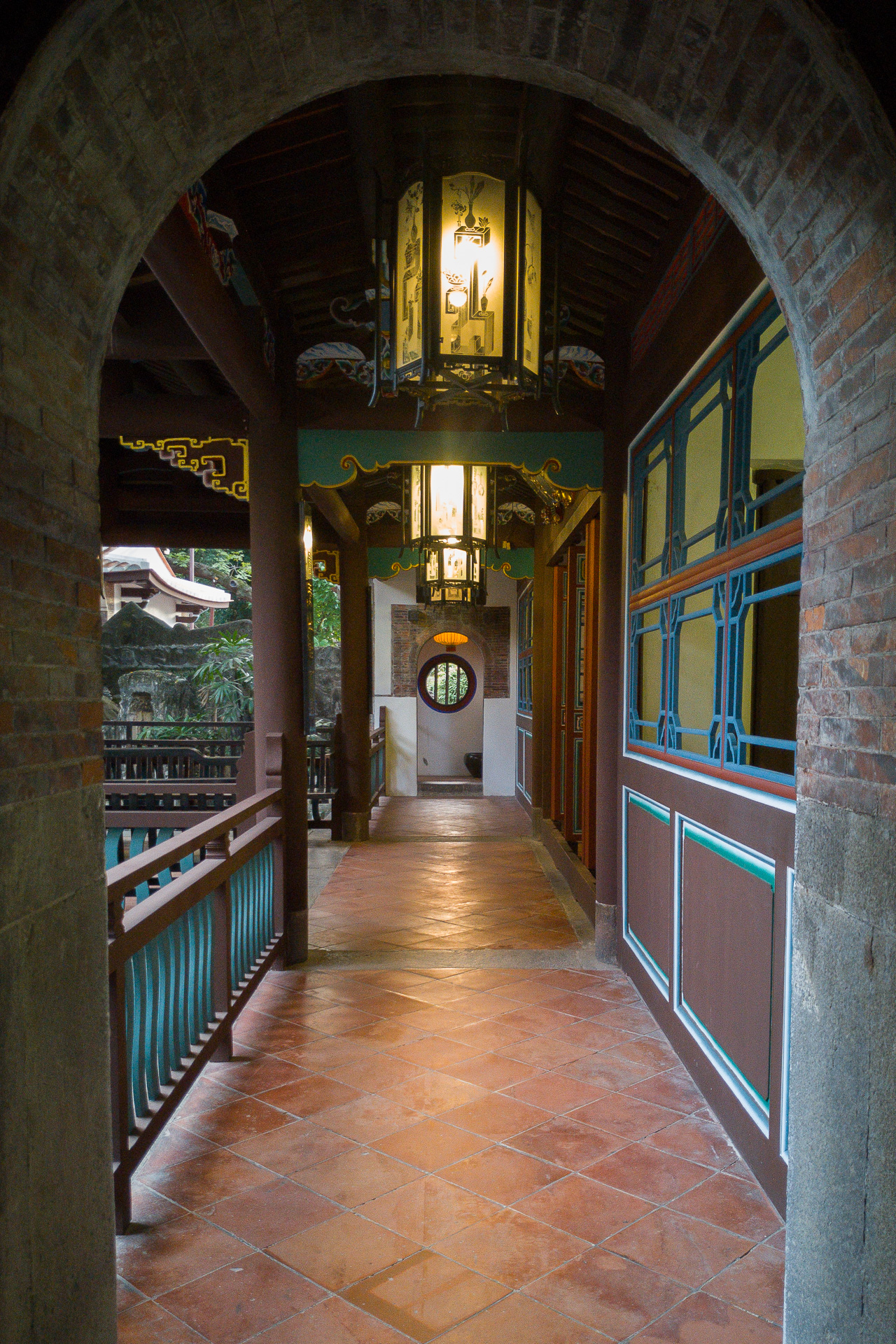
Really great idea to compare the two cameras. I had a hard time telling them apart. I recently bought a Samsung active phone, to use only as a waterproof, take anywhere camera. Not as versatile as the full-on camera, as you pointed out, but I've ruined a couple dropping and getting wet on my bicylce. So...why not. As you point out, there is little difference on this site electronically and visually at scale. (Though I still dream of the day I can afford a new full-frame Nikon. Nothing like the real McCoy in the end). Thanks for the cool comparison.
A waterproof camera sounds like a really fun camera to take around anywhere!
It does have it's advantages. I won't test it underwater, but it will definitely be fully tested in the NW rain.
I do think the cell phones heavily process the info and make it ideal for screen viewing. I was traveling with a friend that had a tablet, and I had a Nikon D200, back when they were a new DSLR. It was a bit comical, if not frustrating as all get out.
She was point and shooting the same mushroom bent down, through her legs standing up, as I was down in the dirt with the close-up lens on the D200. Frustrated the daylights out of me, her images looked better than mine when we compared. But when we went to put them on the same medium, the screen on the computer, they became a bit more equal, if not a bit better from the DSLR.
I'm pretty sure if/when you print those, the DSLR will be clearer, sharper, etc... as it will then be a true test. No electronic bells and whistles to bump the image on a screen. Curious to see what the difference is. If there is NO difference, the DSLR market may take a tumble ) :
Your experience says something about big cameras: sometimes it is hard to get the shot purely due to camera size, I've had this frustration more than once :)
In my tests, I shot in RAW as to avoid in-phone processing, and I found that the DSLR trumps the phone in terms of noise and dynamic range, and had more latitude for post-processing without hurting image quality.
I guessed correctly. The light in the lower images was harsher. The light in top photos was more smooth.
You've got a good eye!
Nice
我们又见面喽!cn区点赞机器人 @cnbuddy 谢谢你对cn区的贡献。 @cnbuddy 旨在助力cn区快速发展,更多cn区动态,请查看我的主页。欢迎关注我们的大股东 @skenan,并注册使用由其开发的 CNsteem.com。倘若你想让我隐形,请回复“取消”。
The pictures are indeed very close, but the introduction to the images shows where the camera still beats the smartphone: in configurability and creative choice of settings.
Definitely, the more expensive camera offers more creative flexibility :)
thank you for sharing the helpful information~
You're welcome!
Wow, I can hardly tell the difference between the shots; maybe the colors that the Sony produces look a bit better. I recently purchased Sony Xperia XZ premium and I am yet to test its camera :)
I'm sure it's awesome, I was looking at Sony phones myself!
I am only using my phones because I don't want so many gadgets with me. 😊
For everyday use a smartphone is more than good enough :)
I would be sble to tell the difference with picture number 3, flare are very noticeable on the Zenphone, otherwise, it has an amazing resolution
Phones nowadays are crazy good!
除了第一組我喜歡第二張,其他我都喜歡第一張。
現在手機拍照效果真的越來越好了,拿來做日常紀錄,真的很方便。。不過我覺得手機很難表現景深,就算以後製模擬,效果還是有很大的差別。
你説的沒錯,手機拍人像沒有單眼強!